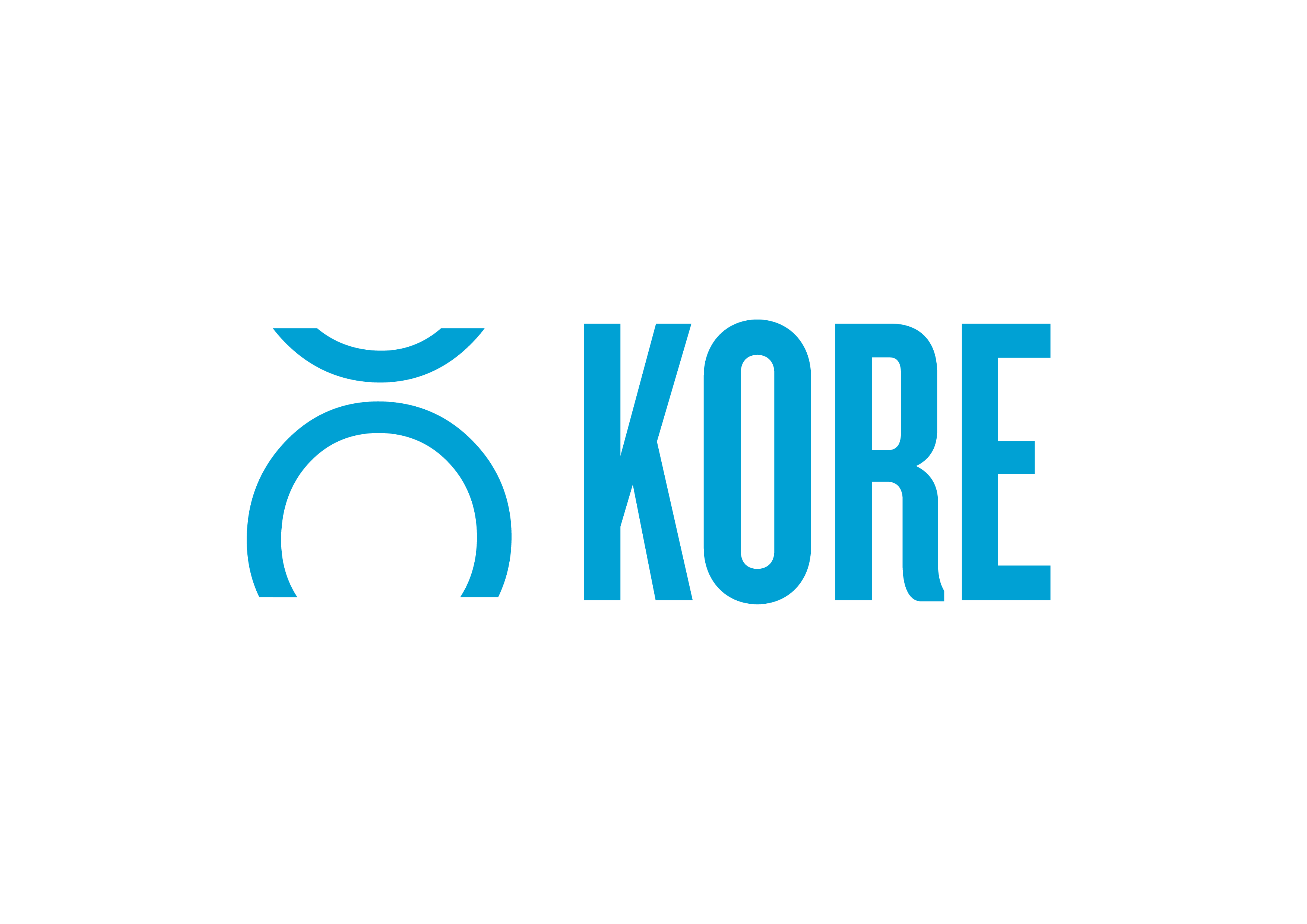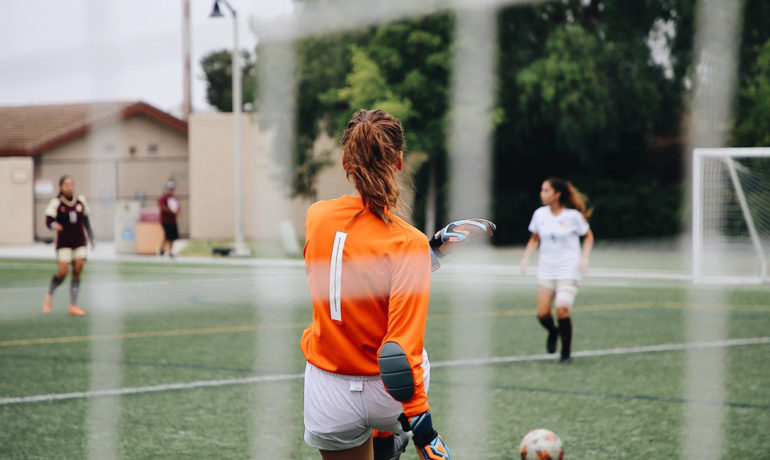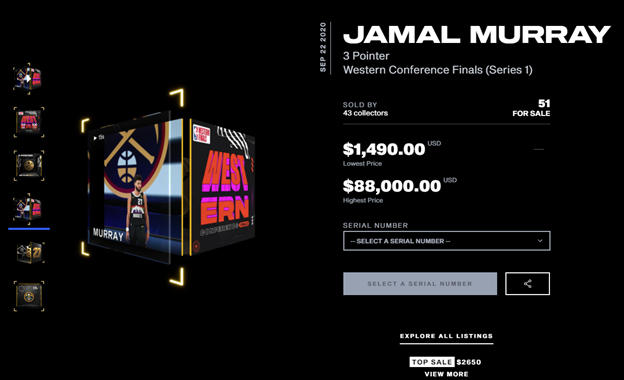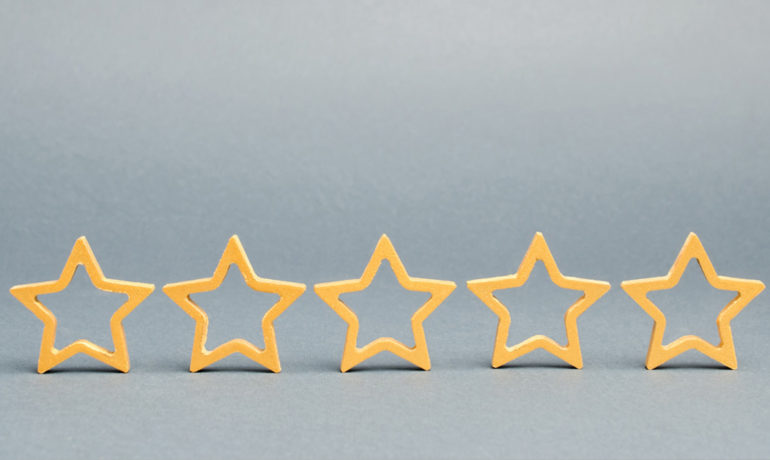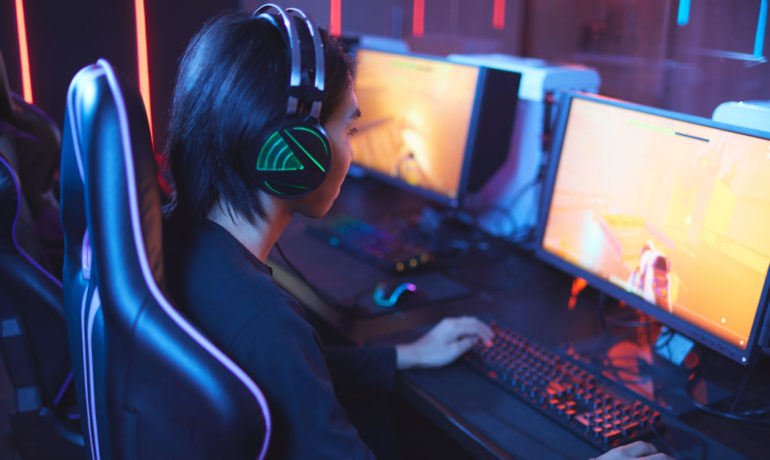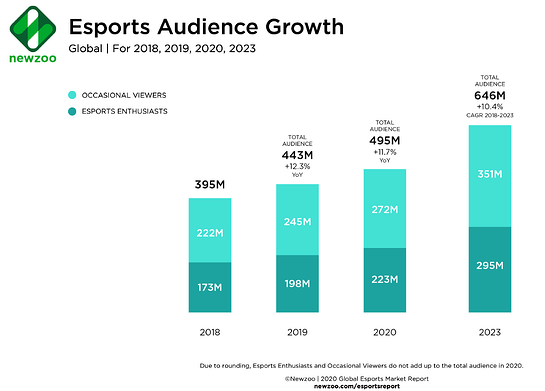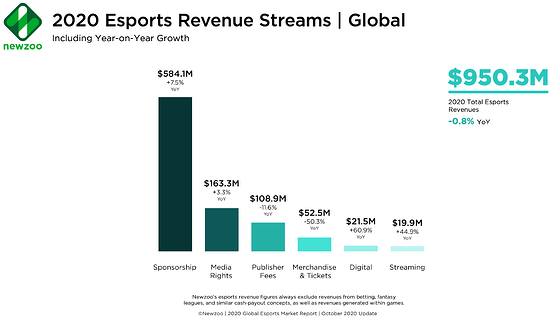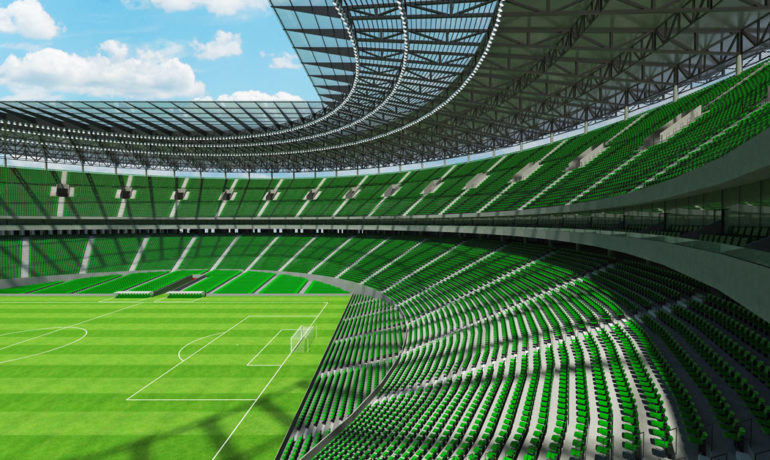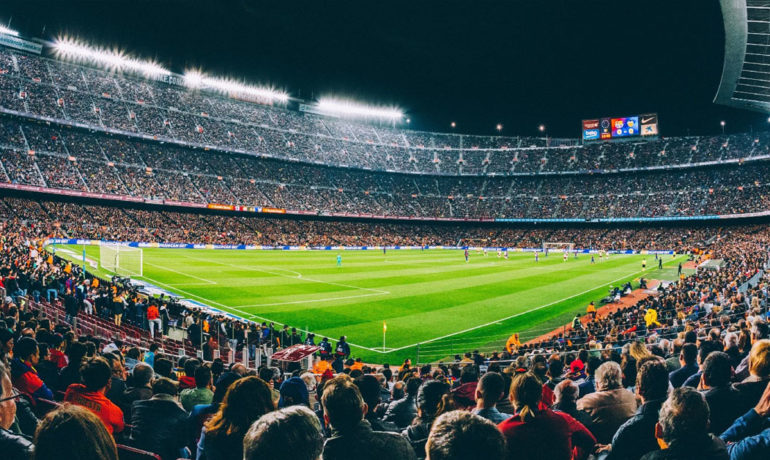After coming to a screeching halt back in March, the sports and live events industry is slowly coming back to life; Hard Rock Stadium and other venues are hosting socially distanced events like drive-in movies, the NWSL was able to complete their season, the NBA’s Bubble is in the playoffs with a 113-page COVID handbook in tow, and FC Dallas recently hosted a game with fans in the stands.
However, reopening venue doors does not come without complication. To help facilitate a comeback, the sports and entertainment industry is rallying to find ways to safely open their venues and have teams in competition. Ticketmaster and SeatGeek have released new products allowing seating maps to be adjusted for social distancing measures, Oak View Group is developing sanitization guidelines, and KORE is releasing new reports and strategies to find clarity in your data.
One of the most consistent obstacles to overcome in planning for reopening is food and beverage (F&B) variability. Companies that focus on technology in the F&B procurement space like Birchstreet, who drives supply chain ordering for some of the largest brands and manages a network of suppliers, are particularly well positioned to have insight on this topic.
Through our research and conversations with industry leaders, there are a few common themes we are seeing across the market, with supply chain, menu choices, and staffing topping the list of F&B challenges as venues plan for reopening.
Supply Chain
Market Factors
Event venues will come back but there is still uncertainty for most on when or at what capacity. Team and Venue owners are universally trying to determine safe capacity levels, if and when fans are allowed back. While there is variability across the industry, we’re hearing there is a 20-30% seating capacity needed to reach the minimum required revenue target to operate events.
While these decisions are largely centered on balancing the safety of fans with creating revenue that ensures the health of the team, there are real logistic-level impacts. One of these impacts we are hearing about is described by MIT in studies on supply chain as the bull-whip effect. Bull-whip is the phenomenon where small fluctuations in demand at the consumer level create ever-increasing swings in demand as we move up the supply chain – ultimately creating a situation where end producers struggle to keep up with relatively minor swings in consumer patterns. In our current climate, COVID has created not just small fluctuations, but massive swings in consumer demand which will create very real and complicated issues for hospitality related services.
To combat the bull-whip effect, venue organizations should begin working to determine those menu items that drive a positive hurdle rate that more than breaks even on expenditures to revenue. By focusing on the hurdle rate, organizations can simplify their menu options, streamlining execution in uncertain times. Specifically, this can help organizations working with their supply partners to procure the right items needed to satisfy their fans. One industry expert we spoke to estimated that potentially 60% of all SKUs in the supply chain may be new, adding to the complication of supply and demand. Only the highest revenue generating F&B sellers will be offered as the industry and demand remains in flux.
Included in these procurement challenges is the added need for Personal Protective Equipment (PPE). Masks, hand sanitizer, plexiglass, signage, etc. also need to be ordered at unprecedented levels which is driving up costs and adding a layer of uncertainty to the already complicated supply chain.
Considerations
It is of great importance to work closely with vendors through these challenges. It is recommended to validate their ability to deliver the needed PPE on time, factoring in the amount of extra time needed to install and train employees on procedures.
The Bull-whip effect mandates thorough planning, particularly to forecasting. If replacement SKUs could be as high as 60% new, it is not going to be an easy feat to research and validate. If your venue is opening at a lower capacity, factor in customer expectations. Be sure to ensure the quality and ability to deliver is up to the standards of patrons.
Menu choices and delivery
Market Factors
Redefining menu choices and delivery is challenging. There will be added expenses to safely execute hospitality and related F&B and items needed, like PPE, will make distressed revenue from decreased capacity of the gate even more painful. This is an area where hurdle rate is yet again a critical metric to reevaluate the menu options and delivery.
An interesting example of note regarding the impact of PPE to F&B cost basis, is the report that approximately $10.4 million in federal funding was approved for Raymond Jones Stadium to use towards over 40 proposed COVID-19 related modifications. Could other venues see federal funding to support the added expenditures?
In addition to the financials, venues also need to plan for a realistic outcome: reduced sections. For venues with areas of the property not reopening as a part of the facility – how do these organizations manage the added cost and the potential reduction in specialty food stands?
For example, there could be a reduction in how open the concourse is on each level to reduce the amount of necessary PPE equipment and time needed to outfit the venue. There is precedent here for properties owners to watch and learn from. As resorts and casinos have opened in parts of the country, one clear adjustment is large wings or areas of food and beverage have been shut down – focusing on limited SKU’s and adequate supply in designated sections of the building.
There may be an introduction of new menu products as replacement products due to production holds and backordering issues in the supply chain. This will be an ongoing challenge for venues and could mean specialty food stands remain closed as fans are reintroduced.
Additionally, this allows for the staff in these businesses to better manage safety protocols for customers. Reduction and simplification are key themes to better manage in these uncertain times.
Another consideration when determining menu options will be technology, specifically Point-of-Sale.There is real momentum to upgrade and convert POS systems to cashless and touchless approaches. We’ve seen precedent here as well, with large brands in this space sharing that they are seeing this conversion, perhaps not surprisingly with the leading push being in Asian markets. Closer to home, as the Patriots announced in their potential reopening plan that the walk-up ticket sales windows will be suspended and only mobile ticketing will be allowed, the same mobile experience is expected to be seen within Food and Beverage.
Technology aside, there will be a change in behavior – both from the fan experience but also from the internal processes staff will need to fulfill orders going forward. Getting in front of this curve in your planning will be an important step to reopening effectively.
Considerations
Menu options and delivery may impact how and where you are able to open. Reduced seating and menu options means reduced concession needs. Be sure to have ample communication to ticket holders about how food and beverage will be ordered and delivered. Do they need to download an app before arriving for mobile ordering? Is there a set of instructions posted throughout the venue with a representative available to answer technical questions and/or put in the orders for those struggling with the app? Although some venues have already moved to cashless events, moving to a full mobile ordering experience will require changing consumer behavior and staff training.
The food options in the arena should also be communicated prior to the event. If your VIP patrons are used to being able to order a lobster roll with other specialty food stand options but now the options include hot dogs and burgers, it is advised to set expectations early.
Staff & Training
Market Factors
As months pass, there has been plenty of news that not just seasonal, but also full-time employees working in food and beverage within these facilities have been furloughed or let go. With so many unknowns related to the timing of returning events, the amount of staff needed once events return, and personal safety concerns, it is reasonable to assume that many employees that were furloughed have found other jobs or are simply not interested in returning.
Even in a typical season, hiring and training seasonal staff is always a challenge as many organizations experience high levels of turnover and have large group staff trainings. As the supply-chain, menu options/delivery, and capacity are being sorted through, staff levels, experience of this staff and the ratios of staff to managers will lead to a change in the hiring plan and training. For example, will there need to be an added staff member at each gate doing temperature checks upon arrival? Will there need to be extra staff continually sanitizing common spaces within the venue?
Considerations
As staffing needs are reassessed for the “new normal”, work with your partners early to understand the added complexities. As a mix of executives and staff are coming back, push your partners to understand their new approach to training and dig into questions like:
- How are they doing remote training when they cannot do on-the-job training?
- How are they incorporating new content into training to account for:
- New menu
- New delivery
- Conflict resolution
- How are they ensuring safety for staff and patrons?
- Is there a need to hire new types of roles for sanitation and safety?
Closing Thoughts
Venues used to churning through events now find the need to take extreme planning measures. As if it was not enough to work through the cancellations and rescheduling, the return to live events has added layers of complexity from food and beverage fulfillment, ordering options, safety concerns, and staffing needs.
If there is one thing that has always remained constant is that the sport and entertainment industry is not only resilient but creative, and we will prevail.

